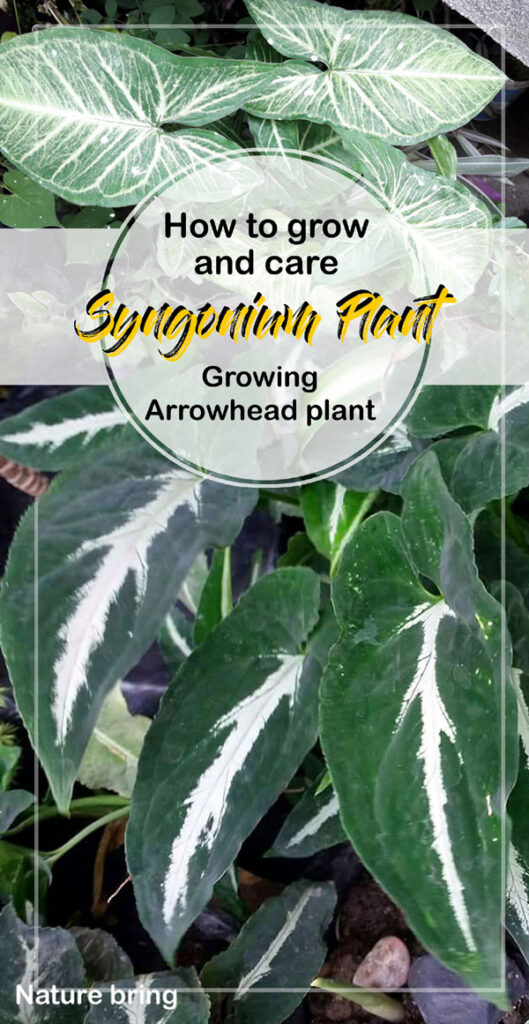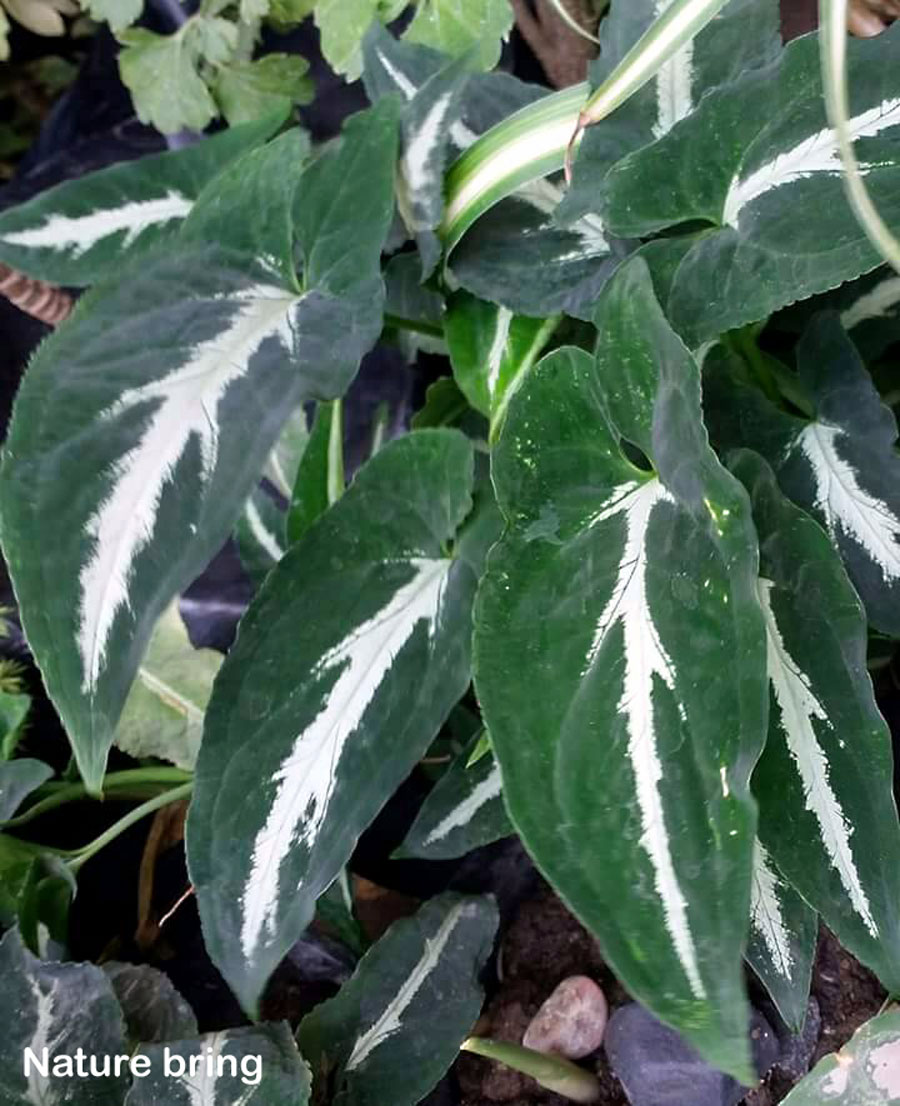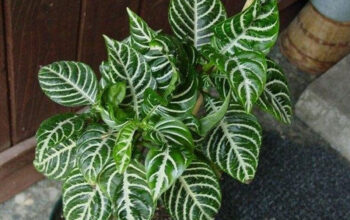Syngonium Plant (arrowhead plant)
Syngonium Plant (arrowhead plant) is native range includes tropical rainforests in southern Mexico, the West Indies, Central and South America, and the Caribbean. Their woody vines can reach a height of 10–20 meters or more in trees. Plants have leaves that change shape with their growth stage, and adult leaves usually have larger lobes than juvenile leaves.
A sharp crystal of calcium oxalate is present in the twig tissues. When the skin is in contact with the plant, especially if it is damaged accidentally, itching, burning, efflorescence, and blistering can occur. Burning and tearing occur when the plant juice gets into the eyes. Whenever plants come into contact with mucous membranes in the mouth, they cause a sharp, searing pain with swelling. Plant consumption causes gastrointestinal mucosal inflammation.
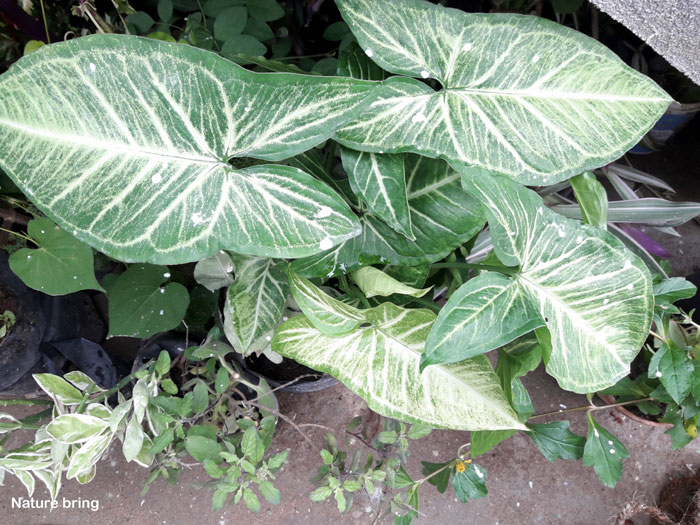
Overview Syngonium Plant
Scientific name Syngonium
Common name Syngonium Plant, arrowhead plant, arrowhead vine, American evergreen, African evergreen, goosefoot,
Plant type Houseplant
Sun Bright, indirect light
Soil Regular soil
Soil pH 5.5 – 6.5
Zone 10-12
How to Grow and Care Syngonium Plant
A trailing foliage plant with a quick growing habit, Syngonium makes a lovely addition to small pots or trellises. There are several species of arrowhead plants, but Syngonium podophyllum is the most common. A Syngonium makes a great houseplant. Plants like this can be grown on windowsills, in living rooms, bedrooms, and corridors, preferably in containers that are showy.
Growing Syngonium Plant from Cuttings
The Syngonium plant can be propagated from stem cuttings in the spring or summer. You can increase your chances of success by taking a section of a stem with attached roots if your plant has aerial roots. Within a few weeks after placing your cutting in water, you will notice new roots emerging from the cutting. Top off the water periodically until the roots have strengthened, at least a month after the roots have been established. After the cutting is rooted, you can plant it in the soil as usual.
Sunlight
Although these plants are exceptionally low-light tolerant, medium to bright indirect light will strengthen their growth and maintain their vibrant colouring and markings. Those with leaves that are exposed to direct sunlight will be scorched. In case your space does not have enough light, you can grow Syngonium under artificial lighting.
Soil
Syngonium is quite a hardy plant, and it is not overly fussy about soil. As well as growing in a regular soil, it can be grown in a special soil. The most common potting medium for Syngoniums is a mixture of coarse sand and leaf mould. Coco-peat mixed with plenty of vermicompost is typically used as a potting material for these plants. Moreover, consider planting your plant in a clay vessel or terracotta pot to absorb excess moisture.
Watering
It is advisable to water your Syngonium once the top inch (2.5 cm) of soil is dry. Typically, this occurs once a week from spring until fall and once every 10–14 days from winter until spring. In order to keep Syngonium healthy, it needs to be watered moderately. It is recommended to water indoor Syngonium twice a week. Keep your foliage healthy by applying cow dung manure or vermin-compost on a monthly basis.
Temperature and Humidity
The temperature range of most household climates is 60-80 degrees Fahrenheit, which is ideal for them to grow. A temperature below 50°F is not comfortable for them. Make sure they are not exposed to drafts or doorways during the winter.
High humidity and warm temperatures are preferred by the Syngonium. Keeping your plant happy requires regular misting. If you want to raise the humidity in your home, you can use a portable machine, wet river rocks, or place your plant somewhere with higher humidity (like in your kitchen or bathroom).
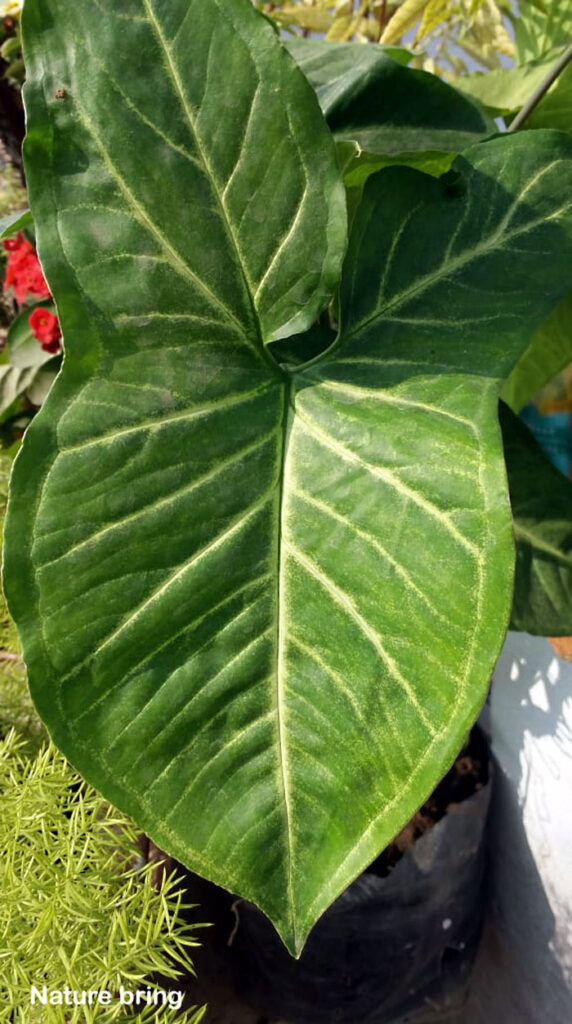
Fertilizer
Although Syngoniums can survive without fertilizer for much longer, you can help them remain healthy during the growing season (spring and summer) by fertilizing them occasionally. It is recommended to fertilize the Syngonium every two weeks during the growing season. In the fall and winter, it is in dormancy, so you shouldn’t fertilize it.
Pruning
It is recommended to prune during the summer in order to encourage new growth. This will allow the plant to become bushier in appearance. Syngonium should look fuller and bushier if you trim its leggy stems. The maintenance of your Syngonium plant is easy once you’ve got it in the shape you desire. The stems can be pinched at the tips of each stem that has reached its proper height to prevent them from climbing and growing too long. Furthermore, you can remove old stems.
Read also:
15Trailing Plants for your Garden. How to Grow and Care Caladium Plant. How to grow Dieffenbachia houseplants. 9 Houseplants you can totally neglect.
For pin:
